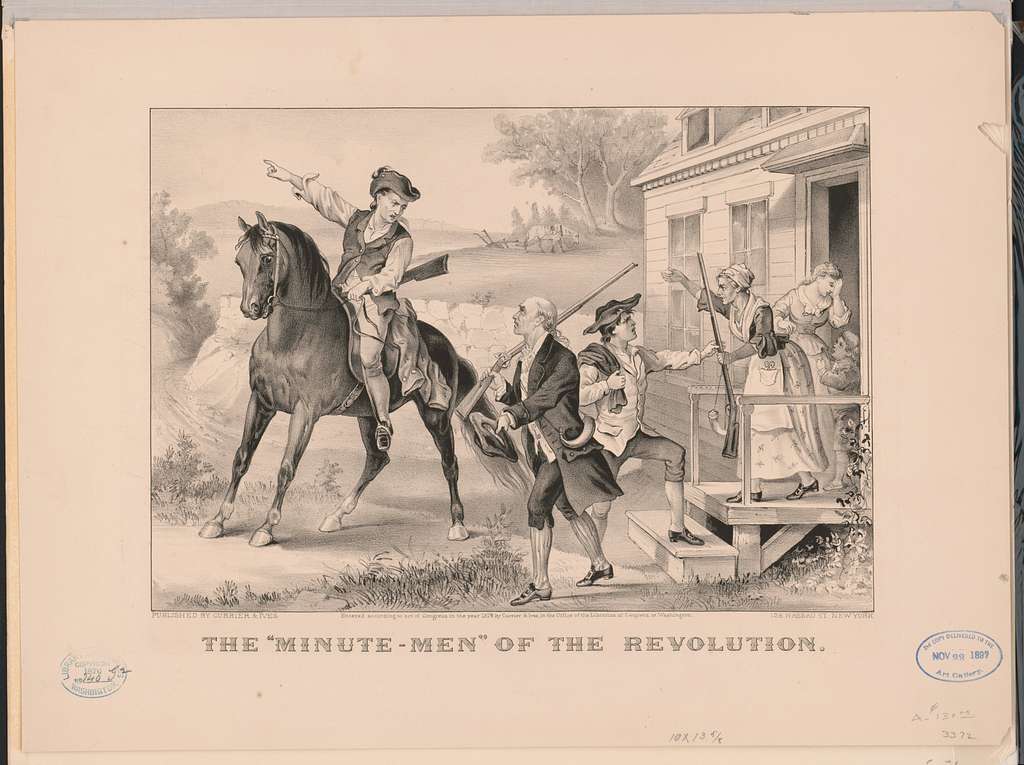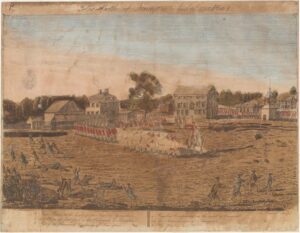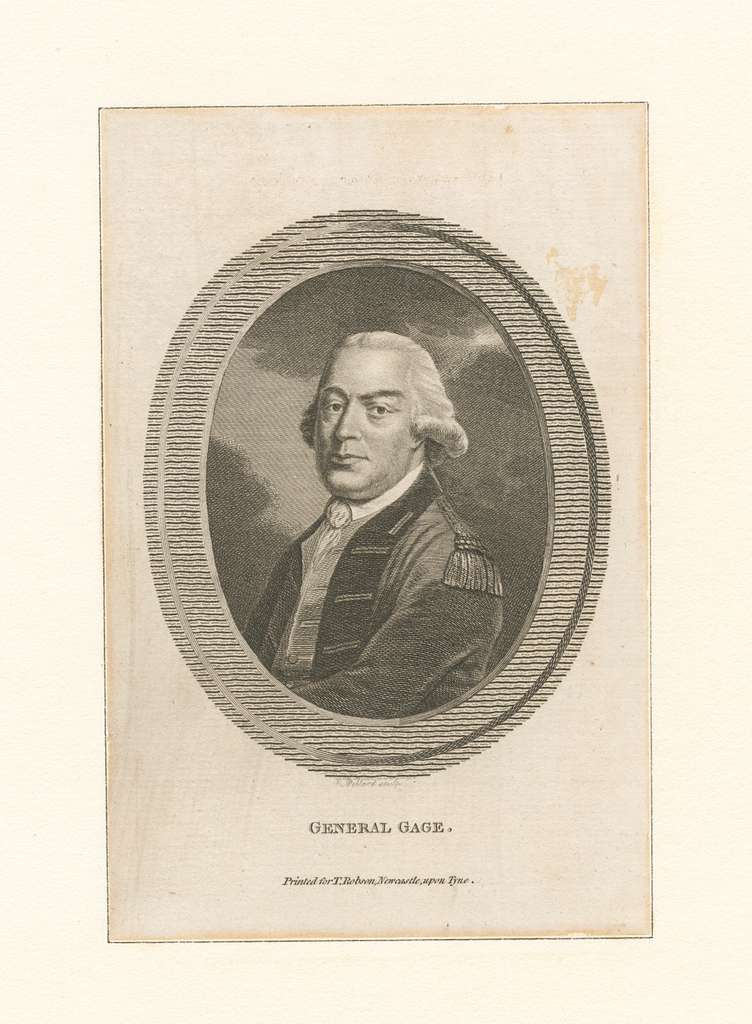In 1775, long-running tensions between colonists in New England and the representatives of the British government exploded into open conflict at Lexington and Concord, Massachusetts.
From this clash between Massachusetts Militia and British Regulars grew a New England Army of Observation that laid siege to Boston and, on June 14, 1775, officially become the Continental Army.
In early April 1775, the senior British commander in Boston, Lt. Gen. Thomas Gage, learned from informants that Massachusetts militia had stockpiled weapons and ammunition at Concord, a small town some twenty miles west of Boston. On the evening of 18 April, a force of some 700 British soldiers left the city under the command of Lt. Col. Francis Smith and Maj. John Pitcairn with orders to seize that arsenal, destroy what items could not be carried back, and then return to Boston. Gage hoped his troops could complete their mission before local militia units had time to assemble. It was not to be. Alert scouts working for the Massachusetts Provincial Congress noticed unusual British movements and quickly mobilized Massachusetts “minute men,” a nickname given to the local militia who were prepared to gather on short notice any time of day or night, via courier and the sound of ringing bells.
"The most natural and most eligible mode of attack on the part of the people is that of detached parties of Bushmen who from their adroitness in the habitual use of the Firelock suppose themselves sure of their mark at a distance of 200 rods. Should hostilities unhappily commence, the first opposition would be irregular, impetuous and incessant from the numerous Bodys that would swarm to the place of action, and all actuated by an enthusiasm wild and ungovernable . . ."
Lt. Gen. Thomas Gage, Commander in Chief of all British forces in North American and military governor of Massachusetts, 1775
Sources
John R. Galvin, The Minute Men: The First Fight: Myths and Realities of the American Revolution, (Washington: Brassey’s, 1996).



